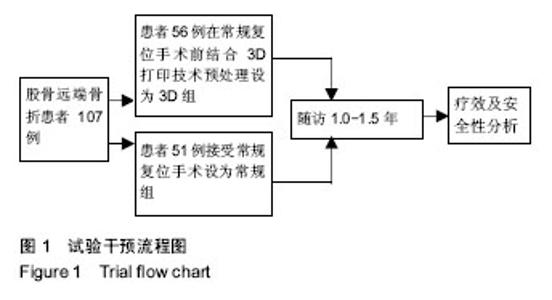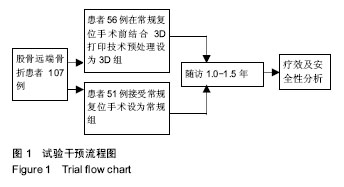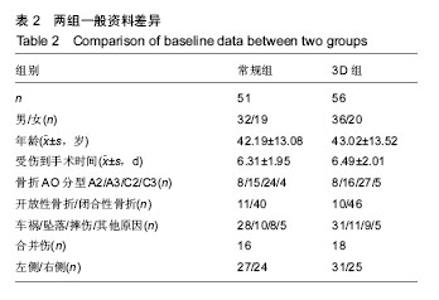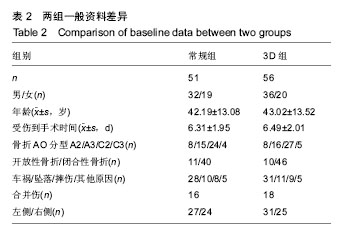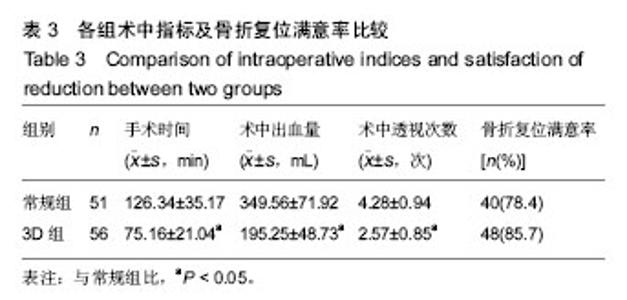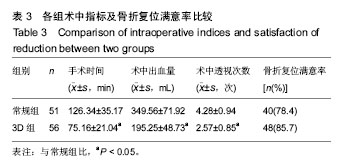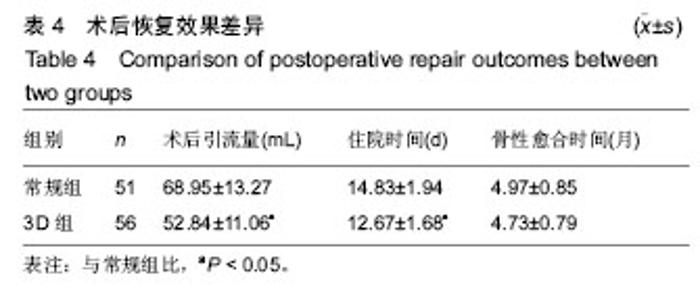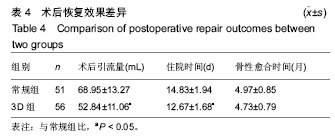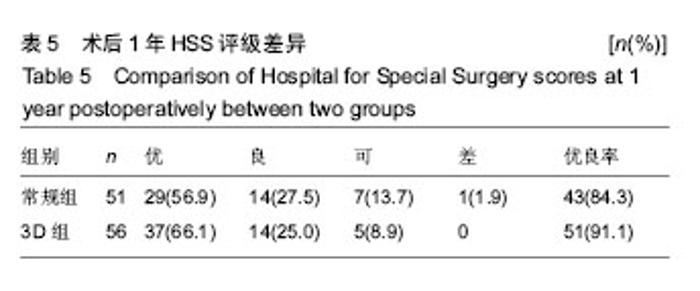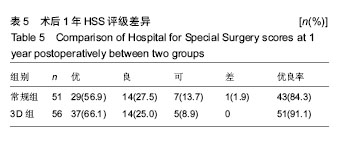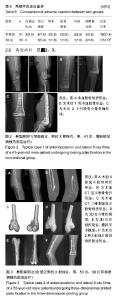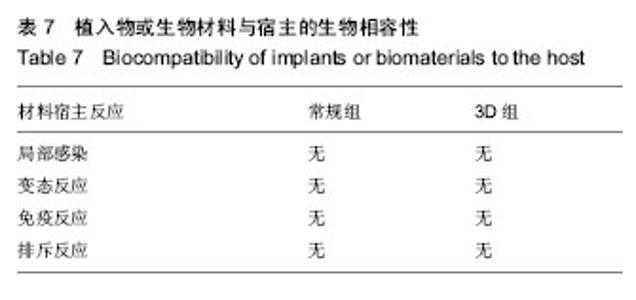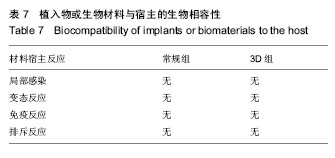| [1] 牛子全,李淑琴,姚勇,等.外侧锁定钢板结合植骨治疗老年股骨远端骨折[J].中华创伤骨科杂志,2016,18(2):166-168.[2] Zhang Y, Ni PH, Liu DP. Application of the 3D printing technology in the diagnosis and treatment of distal femoral fractures. China Digital Med. 2017;22(12):66-71. [3] 徐可林,殷渠东.对侧皮质锁定技术治疗股骨远端骨折的研究近况[J].中国现代医学杂志,2016,26(7):48-53.[4] Guo JS, Orthopedics DO. Clinical study of locking plate and retrograde intramedullary nail in the treatment of distal femoral fractures. China Modern Med. 2016;34(26):401-403. [5] 赵飞,李岩,毕龙,等.3D打印骨折模型辅助治疗复杂骨盆骨折的长期随访研究[J].中华创伤杂志,2016,32(11):967-973.[6] 胥少汀,葛宝丰,徐印坎.实用骨科学[M]. 4版. 北京:人民军医出版社,2012:921-923.[7] 杨迪生,李建华,范顺武.临床骨科康复学(精)[M].北京:医药科技出版社,2007.[8] S?upik A, Bia?oszewski D. A comparative analysis of the clinical utility of the Staffelstein-score and the hospital for special surgery knee score (HSS) in monitoring physiotherapy of total knee replacement patients--preliminary study. Ortop Traumatol Rehabil. 2007;9(6):627-635. [9] 高哲辰,周方,田耘,等.锁定接骨板内固定治疗股骨远端骨折[J].中华创伤骨科杂志,2016,18(11):965-969.[10] Xing W, Lin W, Dai J, et al. Clinical effect of locking compression plate via posterolateral approach in the treatment of distal femoral fractures: a new approach. J Orthop Surg Res. 2018;13(1):57-62. [11] 冒锋涌,姚庆强,郑朋飞,等.3D打印骨折模型在股骨转子间骨折治疗中的应用[J].中华创伤骨科杂志,2016,18(8):725-728.[12] Atrey A, Hussain N, Gosling O, et al. A 3 year minimum follow up of Endoprosthetic replacement for distal femoral fractures- An alternative treatment option. J Orthop. 2017;14(1): 216-222. [13] 林海滨,黄文华,陈宣煌,等.基于3D打印和接骨板标准件库数字化的股骨远端骨折内固定[J].中华医学杂志, 2016,96(5): 344-348.[14] Zheng W, Tao Z, Lou Y, et al. Comparison of the conventional surgery and the surgery assisted by 3d printing technology in the treatment of calcaneal fractures. J Invest Surg. 2017; 31(18):203-206. [15] 张计超,宁宇,王向前,等.3D打印技术在复杂胫骨平台骨折中的应用[J].生物骨科材料与临床研究,2015,12(6):26-28.[16] 何志勇,张擎柱,林影影,等.传统手术与应用3D打印技术后手术治疗复杂胫骨平台骨折的疗效比较[J].中国矫形外科杂志, 2016, 24(8):682-686.[17] Rong G, Hou D, Yang J, et al. Experimental study of flow characteristics in non-mated rock fractures considering 3D definition of fracture surfaces. Eng Geol. 2017;22(24): 152-163. [18] Ma J, Ma L, Wang Z, et al. The use of 3D-printed titanium mesh tray in treating complex comminuted mandibular fractures: a case report. Medicine. 2017;96(27):725-729. [19] Mauffrey C, Hake M, Kim F J. Flexible 3D laparoscopic assisted reduction and percutaneous fixation of acetabular fractures: introduction to a new surgical option. Injury. 2016;47(10):2203-2211. [20] 何锦泉,马信龙,马宝通,等.LISS治疗股骨远端不稳定骨折的不良反应分析[J].中华骨科杂志,2016,36(14):891-897.[21] 王全收,万青红,王晓光,等.股骨远端锁定钢板治疗股骨远端骨折不良反应的原因分析[J].中华创伤杂志,2016,32(3):234-236. |
